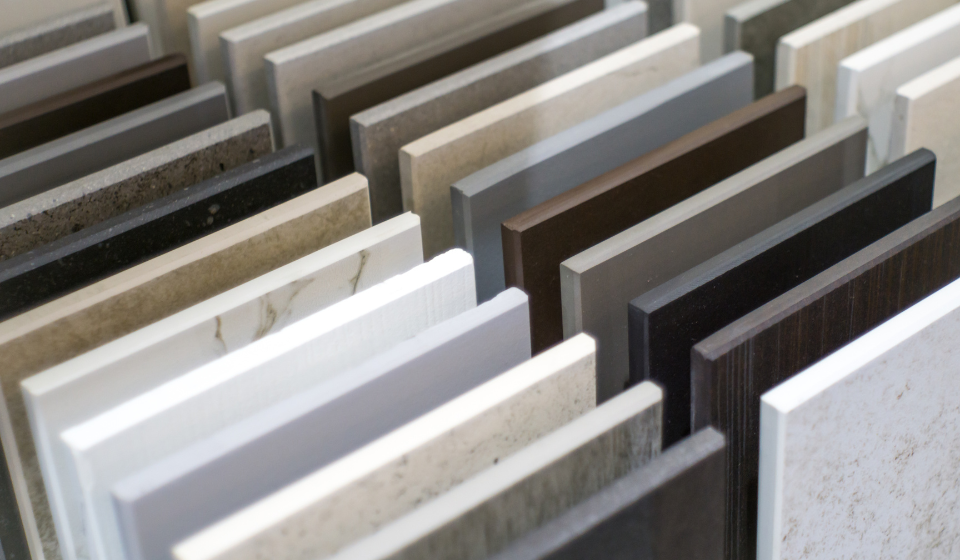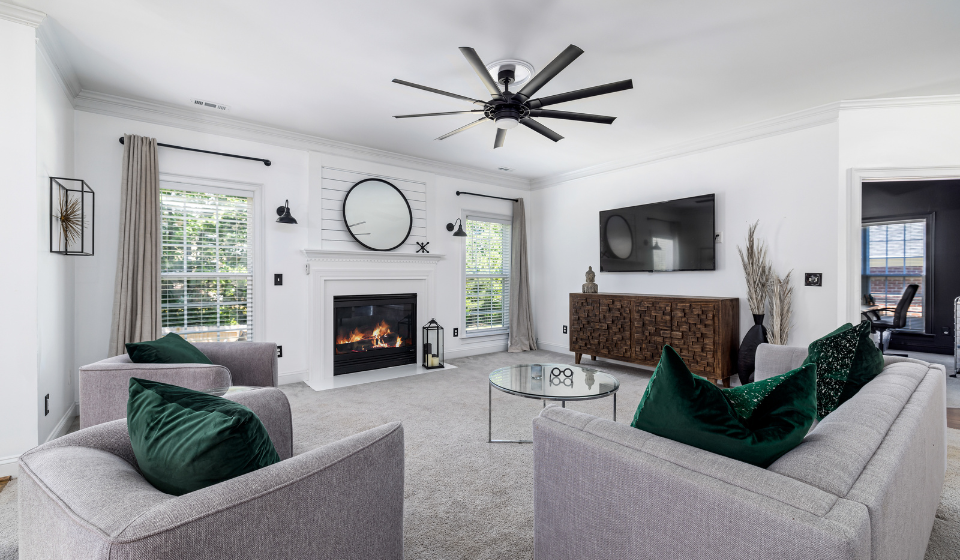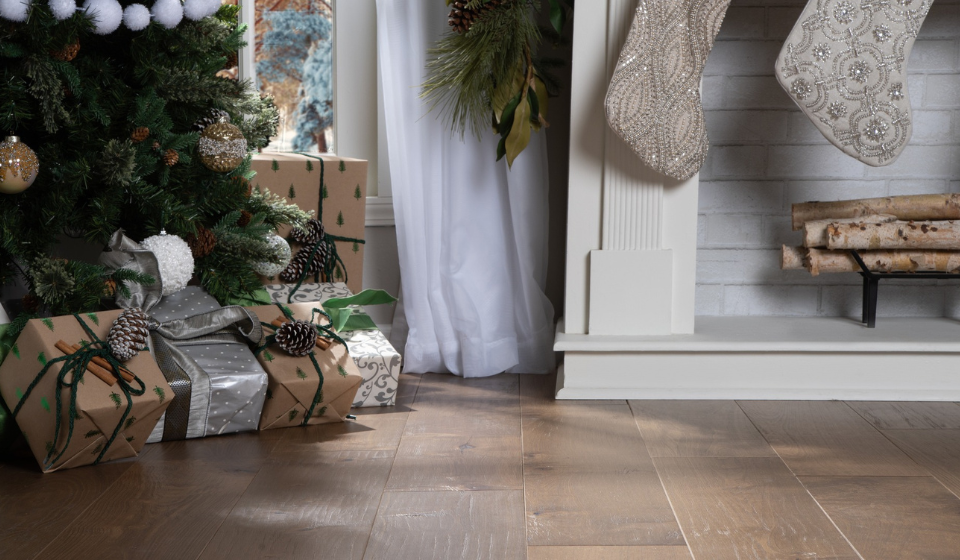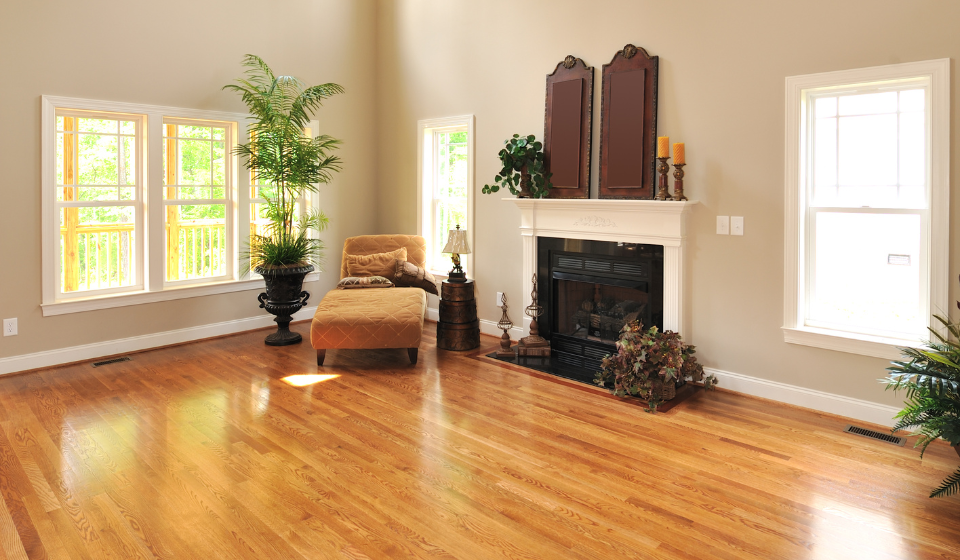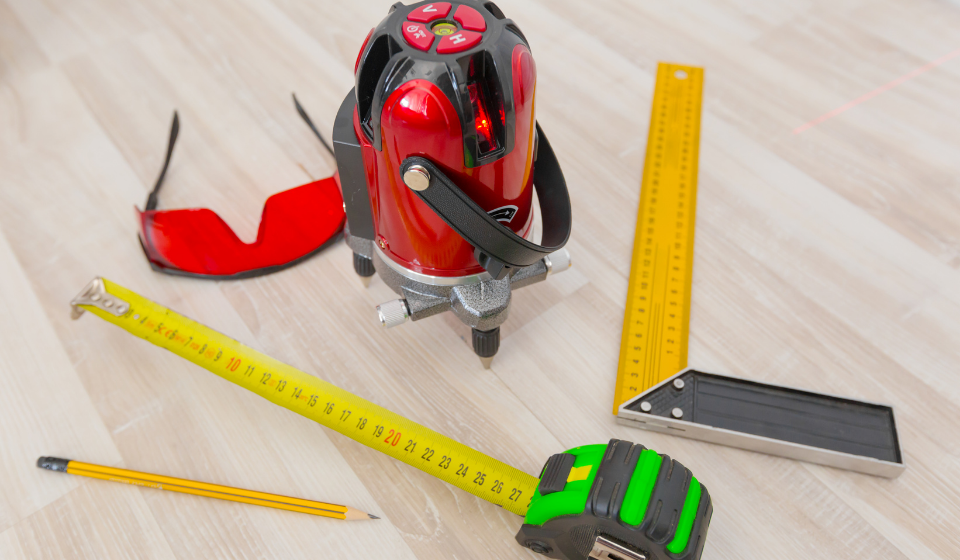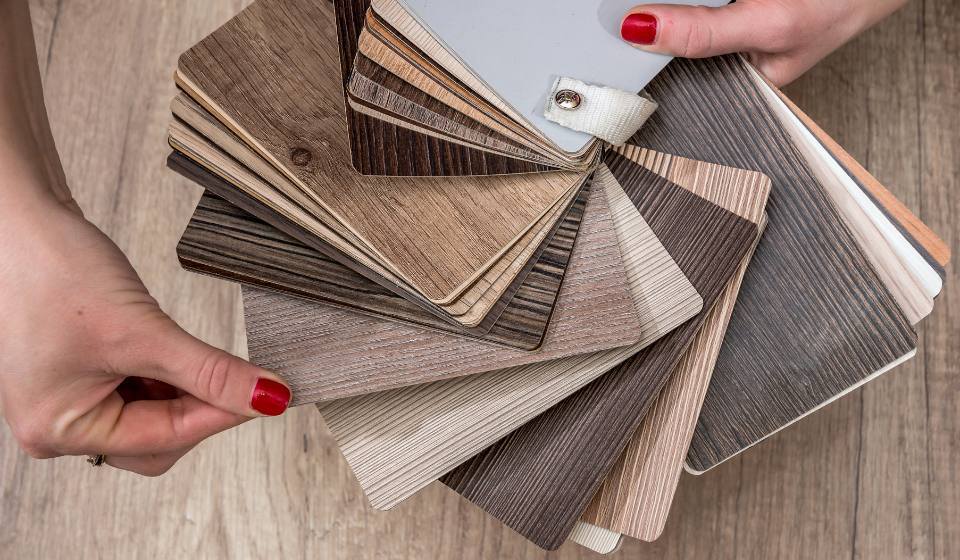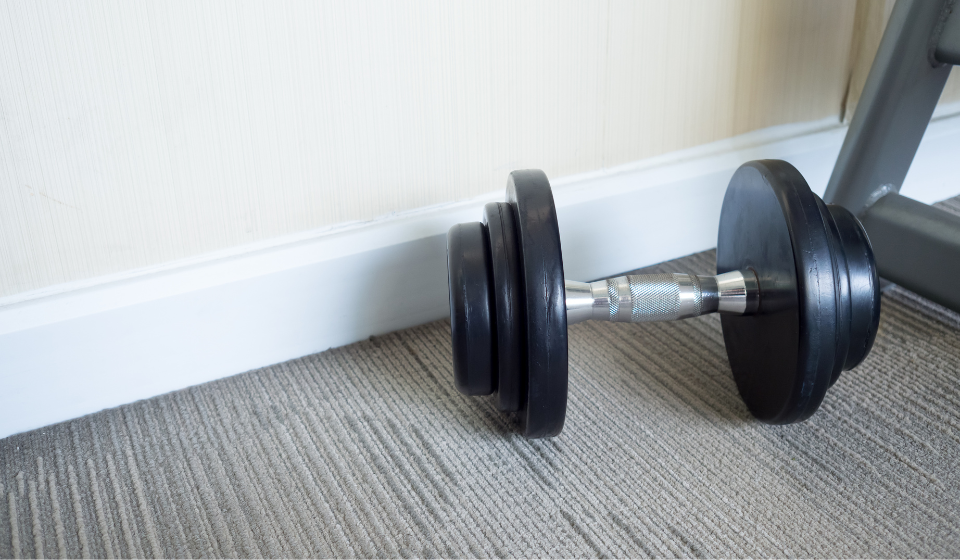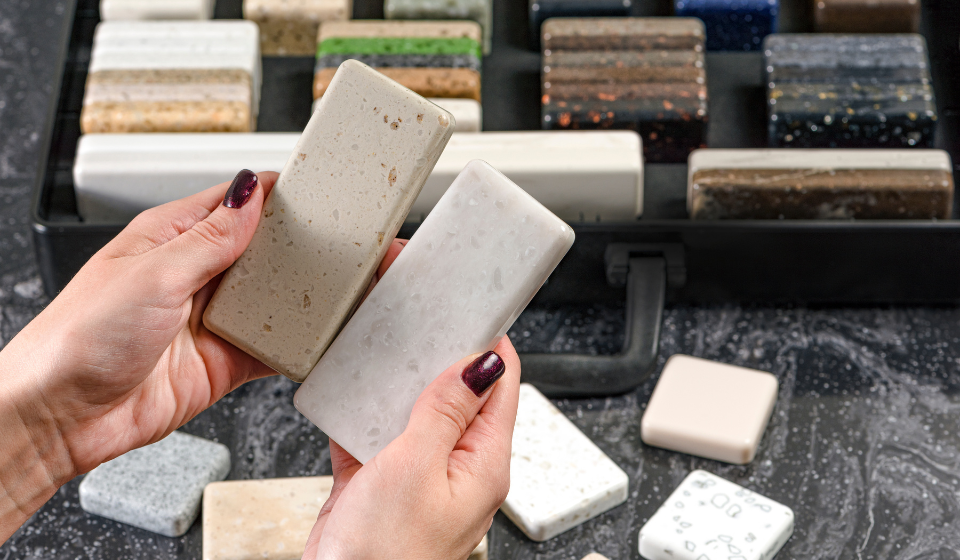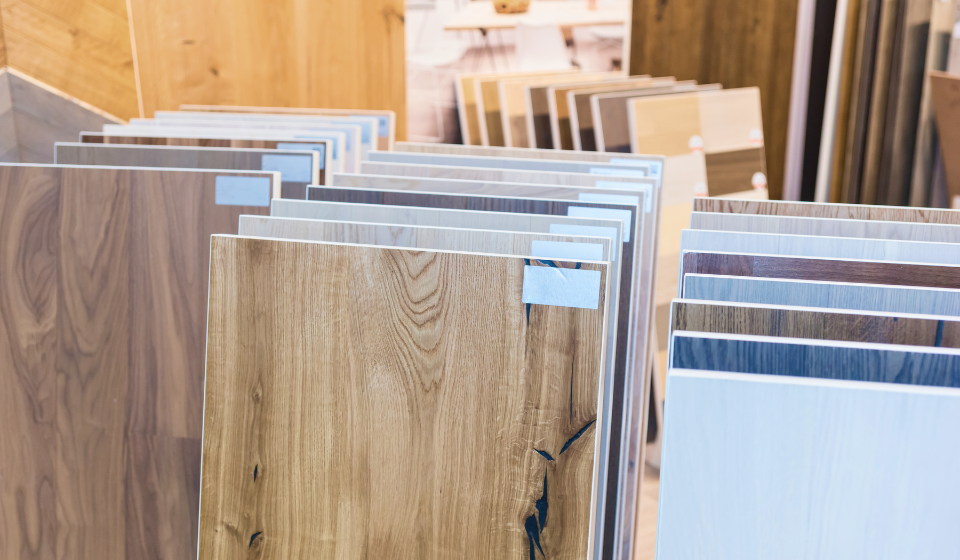Stone Countertop Advantages: Style, Durability & Easy Maintenance Stone countertops, including natural stones like granite and marble and engineered...
Simple Cleaning Tips to Make Your Carpets Last Longer Carpets add warmth and comfort to our homes, but they...
Keep Your Hardwood Floors Glowing During the Holiday Season The holidays transform your home into a magical wonderland, but...
The Various Types of Hardwood Flooring Explained Hardwood flooring has long been a coveted choice among homeowners for its...
How to Measure Your Room for New Flooring Measuring your room for new flooring is a crucial first step...
How to Update Your Home with Stylish Floors Updating your home with stylish floors can completely transform the feel...
Home Gyms Flooring Solutions Combining Durability, Comfort, and Performance In today’s fast-paced world, having a dedicated workout space within...
Easy Ways to Clean and Care for Your Carpets Carpets add a cozy touch to any home but require...
Selecting Countertops That Increase Home Value When it comes time to make enhancements to your home, choosing the right...
Engineered Hardwood Flooring Benefits: Style, Stability, and Sustainability The world of hardwood flooring is vast, offering homeowners an array...

